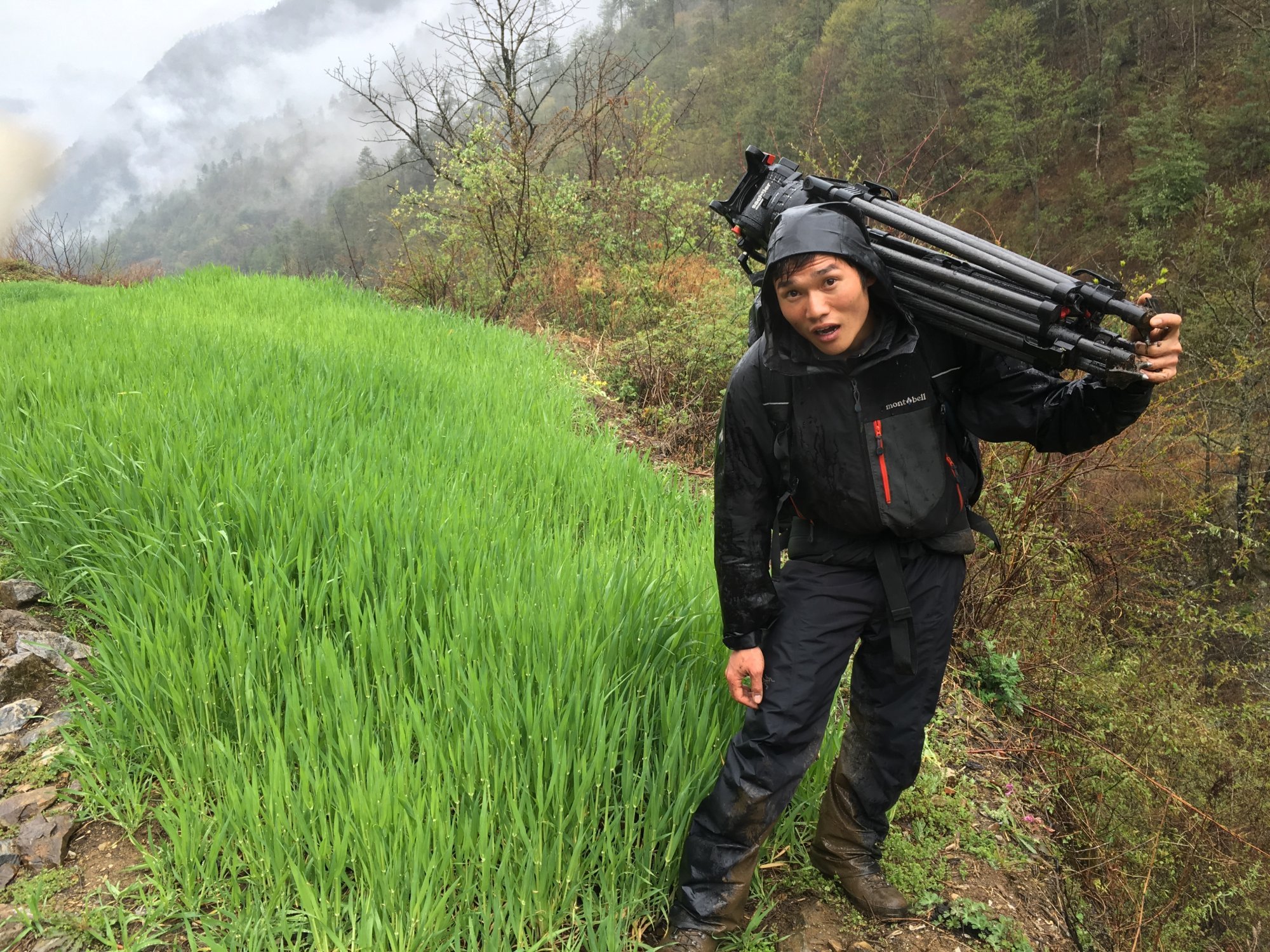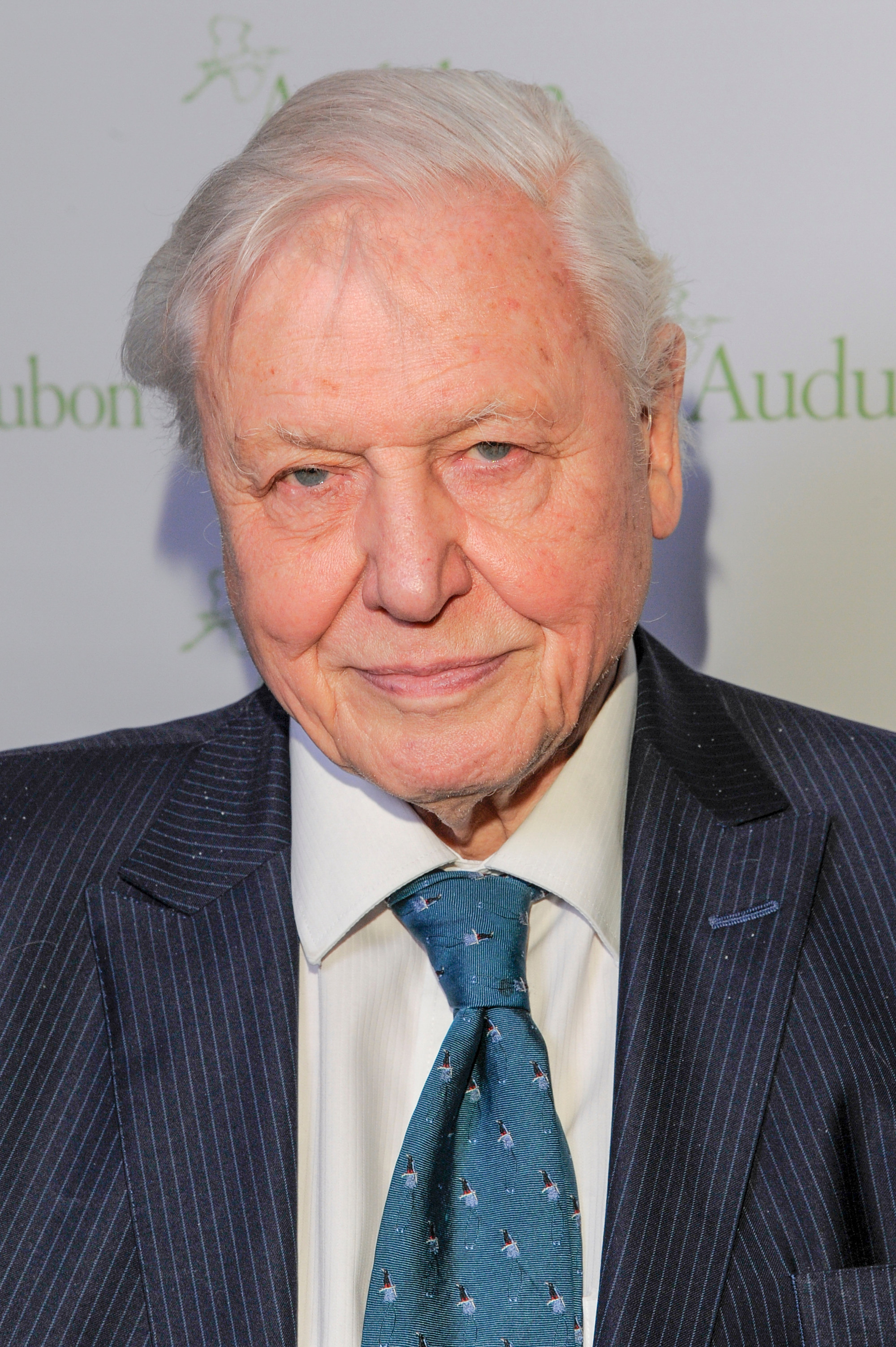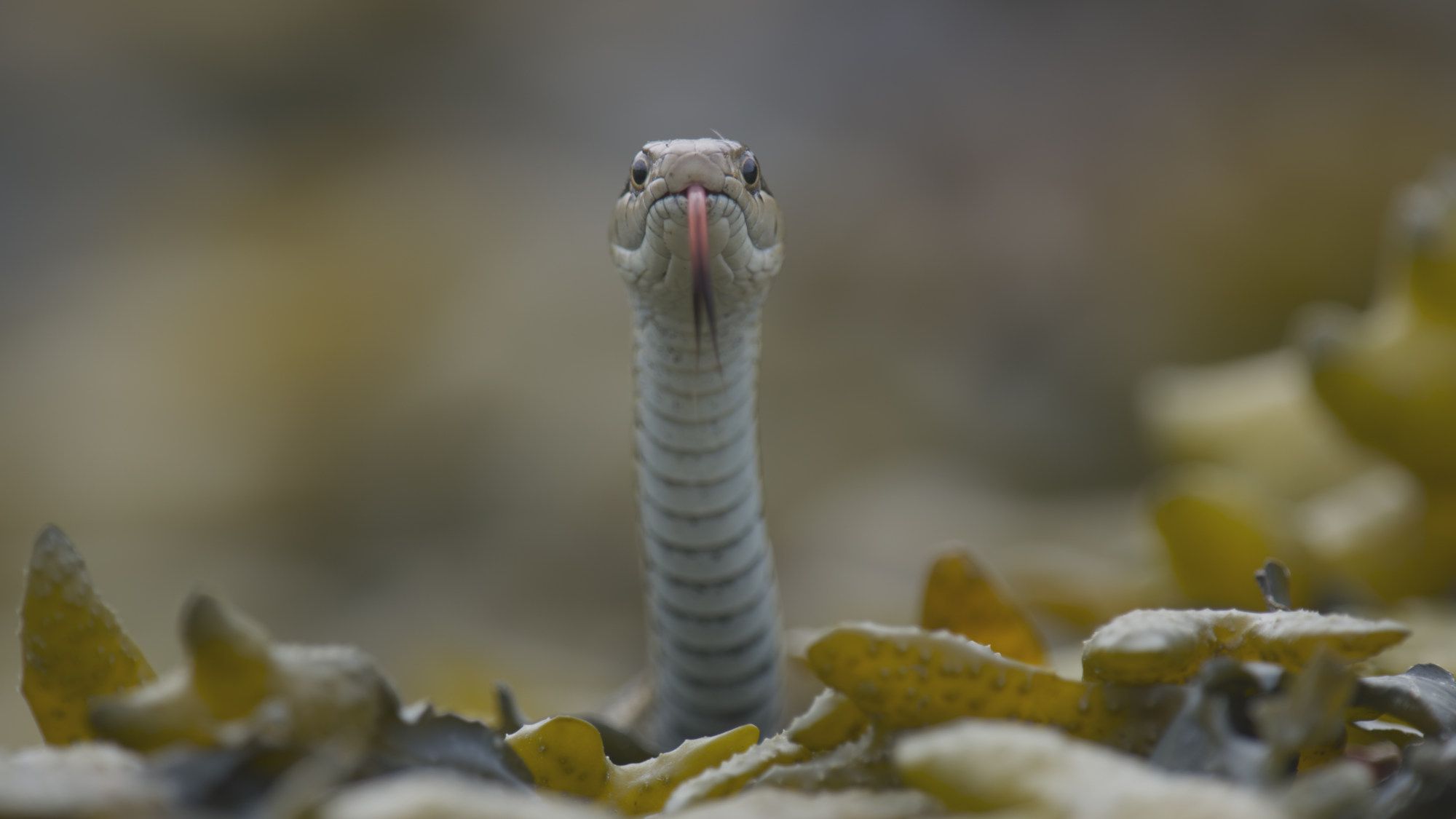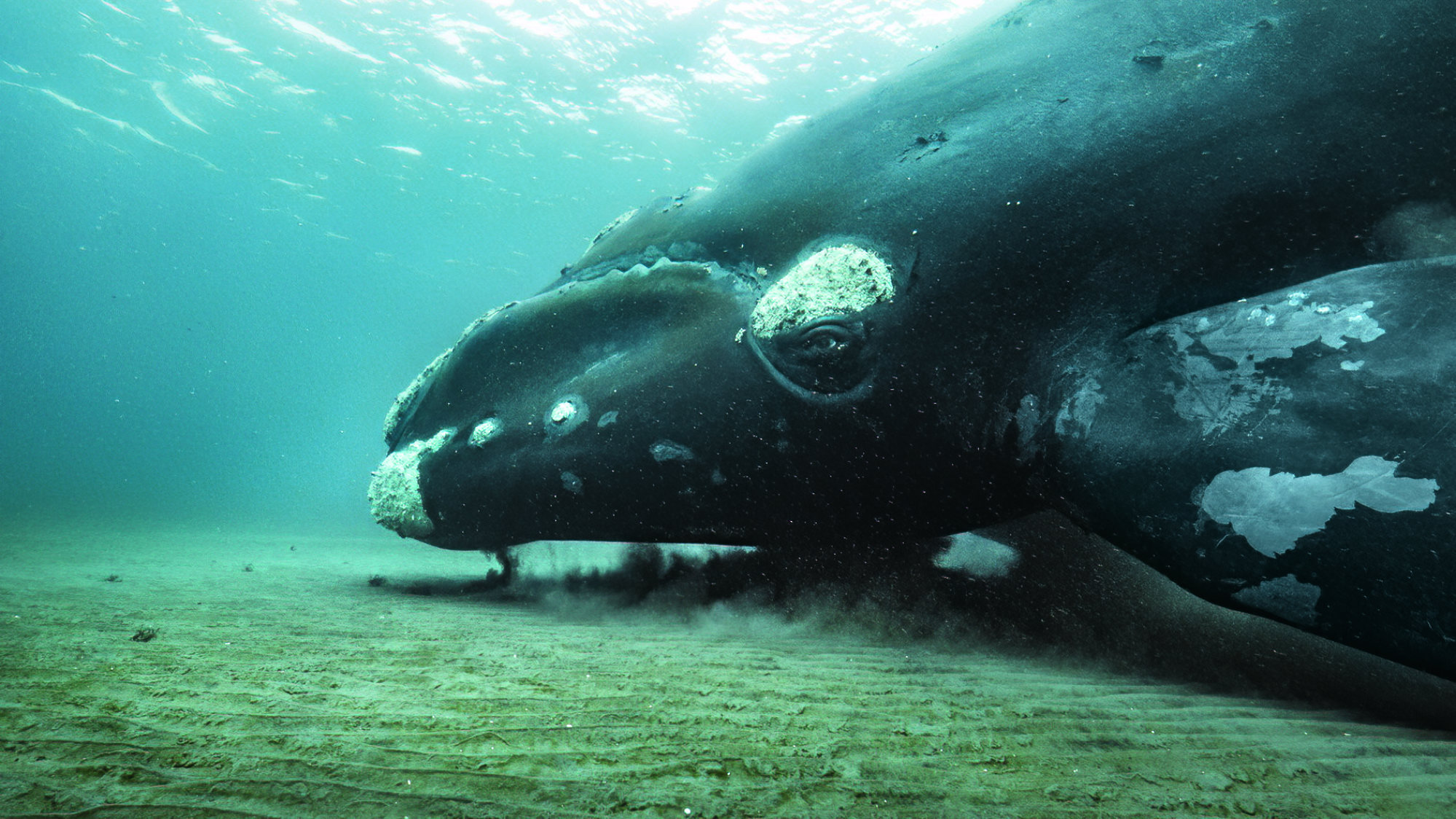When it comes to mating rituals, Cabot’s tragopan is one horny devil.
A member of the pheasant family, the tragopan has some serious moves: during breeding season, the male will dance for a potential date, with his signature flourish the unfurling of a red, orange and blue lappet, like a bib, down his breast, accompanied by the startling erection of two blue horns on his head.
He and the ladies he tries to impress are found exclusively in the eastern Himalayas of China – and are one of the stars of landmark BBC natural history series Planet Earth III.
“Dancing birds are some of those stories our audiences really love,” says producer Sarah Whalley during a video call from Bristol, England. “We were looking for stories for the Forests episode, but the tragopan was thought to be really difficult to film – and there was the coronavirus pandemic.”
“In the end we did it all remotely with [Hong Kong-British] cameraman and cinematographer Jacky Poon, who carried all the equipment across the steep terrain of Sichuan province with just a couple of assistants. They persevered.”
Although protected, Cabot’s tragopan is listed by conservationists as a “vulnerable species”. That puts it in the same leaky boat as many other animals in the eight-part series.

Planet Earth III, which also visits coasts, deserts, oceans, grasslands and man-made environments, most of them remote, in 43 countries, was five years in the making.
“He’s passionate about birds,” says Whalley, “so when he saw the tragopan episode he was really excited. It also features the golden pheasant, so to have both dancing birds, he was very pleased.”
‘Earliest animal predator’ named after UK naturalist David Attenborough
‘Earliest animal predator’ named after UK naturalist David Attenborough
“He is an astonishing man to work with,” adds fellow producer Fredi Devas. “He brings unbelievable integrity to the programme. He’s 97, so sharp, incredibly witty and really funny to be around.
“His knowledge of the natural world is so impressive. It seems like every animal, any story, he knows about it already and knows the scientists we’re working with.
“And he brings that authority – meaning when we deliver scripts to David and work through them, they must be fully fact-checked and watertight because we want him to be happy with what we’re doing.
“You want to make sure you’re doing the best work you can.”

Fittingly, Attenborough is the first creature to appear in this flagship production. From the countryside adjoining Charles Darwin’s home, Down House, near London, he reflects on the “spectacular wonders” of the animal kingdom but warns that “we must now look at the world through a new lens”, thanks to human activity.
Previously, Planet Earth has attracted criticism for painting too rosy a picture of how animals might adapt to habitat loss, extreme weather, pollution and other man-made catastrophes, while ignoring a growing list of extinctions.
Do the producers ever feel angry and want to shake viewers out of any perceived stupor?
“It’s an intriguing question and really topical,” says Devas. “There’s a common misconception that people don’t care about the environment, but the vast majority really care. What’s important is systemic change, so that it’s easier to make choices that help the environment.”

“The biggest challenge [animals] face is habitat destruction; agriculture is the major problem. But more people are choosing food that has a lower impact on the natural world and eating less meat, so that’s really positive – and there’s an increasing choice of plant-based foods because the manufacturers are on board,” he says.
“In Los Angeles we filmed the world’s most hi-tech vertical farm, which had just opened. They’re growing 350 times the number of leafy greens as a normal farm – in the same space.
“That is exciting, because you have a system whereby the space taken up by 349 equivalent farms could be returned to the natural world.
“People want change [and] that gives me hope. The key question is whether ‘the chiefs’ want to make the changes.”
According to Whalley, there is episode called “Heroes” that features some amazing people working on the frontline of conservation.

“And as much as Fredi and I often want to put more out there, there’s a fine balance between getting people to care and not switching off – we have so many TV channels if we don’t want to become too depressed,” she says.
“Each episode has stories about how animals are coping with a changing planet and about humanity’s effect: the winners and losers from what we’re doing to the world.”
Planet Earth III, BBC Earth (Now TV channel 220), 8pm, Sunday, October 29

